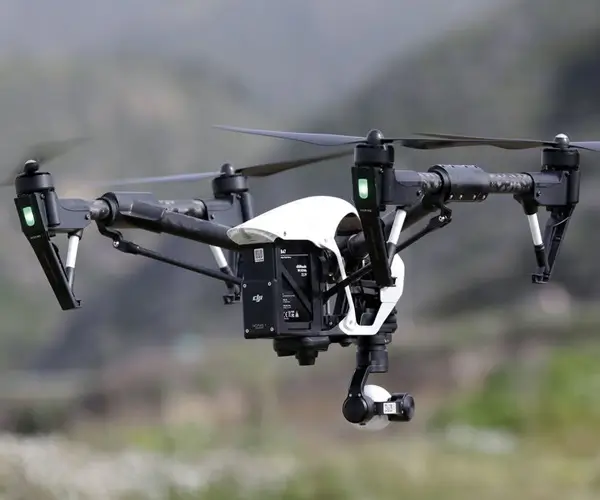In a world obsessed with bigger, faster, and stronger, the unassuming micro servo 9g quietly proves that greatness comes in small packages. Weighing just 9 grams and measuring about 22mm x 12mm x 30mm, this pint-sized motor is the unsung hero of robotics, remote-controlled vehicles, and countless DIY adventures. But what makes it so special? Let’s dive into the mechanics, magic, and mischief this device enables.

What Exactly Is a Micro Servo 9G?
At its core, a servo motor is a closed-loop system that rotates to a specific position based on electrical signals. Unlike standard motors that spin freely, servos are precision instruments designed for control. The micro servo 9g takes this concept and shrinks it into a form factor that fits in the palm of your hand. Inside its plastic or metal casing, you’ll find:
A DC motor for movement, A potentiometer to track rotational position, A control circuit to interpret input signals (usually PWM, or pulse-width modulation), Gears (often nylon or metal) to translate motor spin into torque.
This combination allows the servo to hold positions with surprising accuracy—typically within 1–2 degrees. It’s like having a tiny, obedient robot arm that does exactly what you tell it.
Why Hobbyists Are Obsessed
The micro servo 9g isn’t just a tool; it’s a gateway drug for tinkerers. Here’s why it’s a staple in makerspaces and garages worldwide:
Size Meets Strength: Despite its weight, it delivers up to 1.6 kg·cm of torque. That’s enough to lift small objects, adjust camera angles, or even flap lightweight wings on a model bird. Plug-and-Play Simplicity: Most models work with popular platforms like Arduino, Raspberry Pi, and ESP32. Hook it up to a 5V power source, send a signal, and watch it move. Affordability: At $2–$5 per unit, it’s accessible for experiments. Burn one out while learning? No guilt.
Real-World Applications: Beyond the Obvious
While RC cars and robot arms are classic uses, the micro servo 9g shines in unexpected places:
Smart Home Hacks: Automate curtains, pet feeders, or desk lamps. Imagine a servo slowly opening your blinds at sunrise. Wearable Tech: Artists have embedded servos into costumes to create mechanized wings or animatronic masks. Education: Teachers use these servos to demonstrate physics concepts like angular momentum or PID control.
One robotics instructor shared, “My students’ eyes light up when they realize they can make something alive with a $3 motor and some code.”
The Dark Side: Limitations to Know
No component is perfect. The micro servo 9g has quirks:
Power Hungry: Under load, it can draw up to 500mA. Power it directly—don’t rely on a microcontroller’s pins. Not for Continuous Rotation: Out of the box, it’s designed for 0–180° motion. Modifying it for full rotation voids warranties and requires tinkering. Gear Wear: Nylon gears are quiet but can strip under stress. Metal gears last longer but cost more.
Still, these limitations are part of the charm. They force creativity.
Creative Projects That Redefine “Small”
The micro servo 9g thrives in projects that blend engineering with artistry. Here are three ideas to spark inspiration:
1. The Coffee Art Bot
Why settle for a basic latte when you could have a rosetta drawn by a robot? Mount a servo on a gantry above a coffee cup, attach a pipette of milk, and program it to mimic a barista’s wrist movements. It’s equal parts ridiculous and brilliant—a talking point for your kitchen.
2. Haunted House Hijinks
Halloween enthusiasts rig servos to creak doors open, wave skeletal arms, or tilt portraits eerily. One Reddit user described a setup where servo-driven spiders “crawled” down walls when guests approached.
3. Plant Whisperer
Combine a moisture sensor and a servo to create a system that tilts a plant toward sunlight or waters it when the soil dries. It’s a quirky solution for forgetful plant parents.
Troubleshooting Like a Pro
Even seasoned makers hit snags. Common issues and fixes:
Jittery Movement: Usually caused by noisy power or shaky PWM signals. Add a capacitor (10–100µF) across the power pins. Overheating: If the servo gets hot, it’s likely straining. Reduce the load or upgrade to a metal-gear version. Dead Zones: If it doesn’t respond to certain angles, recalibrate the PWM range in your code.
A robotics team captain advised, “Treat servos like toddlers—give them clear instructions and don’t push them too hard.”
The Future of Tiny Actuators
As IoT and miniaturization advance, servos are getting smarter. Some newer models include:
Feedback sensors for real-time position tracking, Bus-controlled servos that daisy-chain like NeoPixels, Waterproof designs for outdoor drones or underwater ROVs.
Meanwhile, 3D printing lets hobbyists create custom mounts and linkages, pushing the boundaries of what these motors can do.
Final Thoughts: Play, Break, Repeat
The micro servo 9g isn’t just a component—it’s an invitation. An invitation to build that absurd contraption you sketched on a napkin. To fail spectacularly, then try again. To turn “what if” into “what’s next.” Whether you’re a seasoned engineer or a curious newbie, this tiny motor reminds us that innovation isn’t about having the biggest tools. It’s about seeing the potential in the small, the humble, and the overlooked.
So, what will you make it do?
This article blends technical insight with playful examples to engage hobbyists and professionals alike, avoiding jargon while celebrating the creativity the micro servo 9g enables.











































